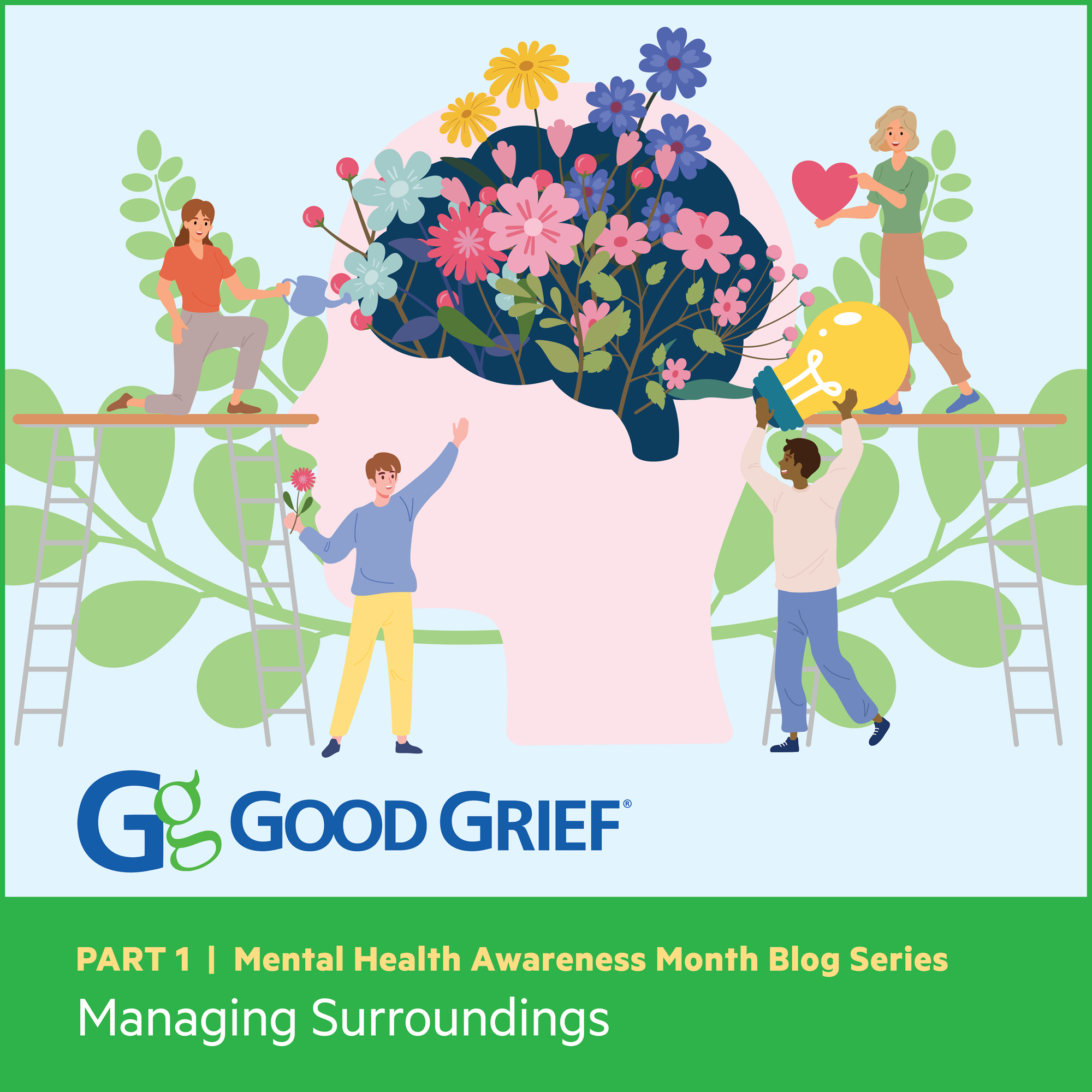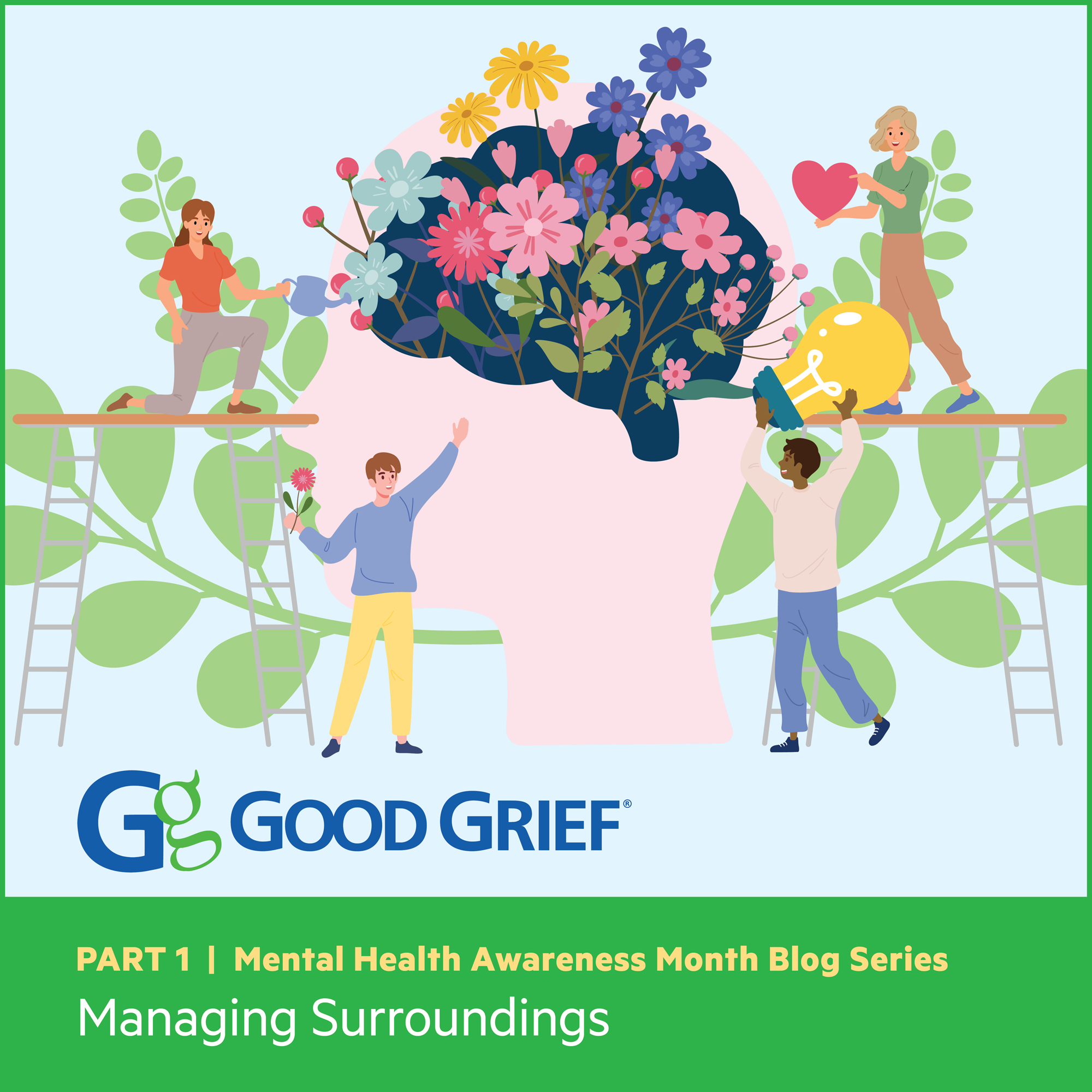
Celebrating Women Who Tell Our Stories Part 3- Visual Arts
March is Women’s History Month, and the theme for 2023 is celebrating women who tell our stories. In this three part blog series, we will highlight stories told by women about grief across different mediums.
Part 3: Visual Arts
Grief can be seen in the work of visual artist Kaethe Kollwitz. In an essay titled Kaethe Kollwitz’s Expressions of Grief, authors Davis and Davis note Kollwitz “lived through World War I and died exiled in Morizburg at the end of World War II; as a result, she experienced a great amount of loss during both wars. Her losses included the death of her youngest son Peter in Belgium which occurred towards the beginning of the first war and her grandson Peter in battle on the eastern front during the second war.”
Here is her piece, titled, The Parents (1923). This comes from a portfolio collection of Kollwitz’s work, held by the Museum of Modern Art in NYC.
The concept of grief dominated Kollwitz’s work, because she felt called to help those around her. The authors wrote: “As she struggled with her own grief and bereavement, envisioning ways to portray death, Kollwitz believed she was an advocate for others who were also struggling with their own grief.”
And finally, meet architect Maya Lin, the woman, who as a 21-year-old Yale undergraduate, entered a design competition for a memorial to honor those who had died in Vietnam. That memorial, known as the Vietnam Veterans Memorial, sits on the National Mall in Washington, D.C.. The work embodies the grief of individuals, families, and the nation.
On her website, Ms. Lin wrote about how the proposed location for the memorial inspired her design.
On seeing the site in Washington D.C. . . . I had an impulse to cut open the earth. I imagined cutting into the earth and polishing its open sides, like a geode.
We had also just received the guidelines for the competition which stipulated that the names of all those killed be listed, and that the memorial be apolitical and contemplative in nature. My design evolved into two black granite walls, placed below grade, engraved in chronological order with the names of the men and women who gave their lives in the Vietnam War. At the apex where the two walls join, the dates 1959 and 1973 (marking the beginning and end of the war) “meet,” thus closing the circle of the time span of the war. A veteran can find his or her own time on the wall, and all visitors would be able to see themselves reflected in the names. I wanted the memorial to create a private and personal connection with each viewer to those names.
According to the U.S. National Archives, there are “58,222 U.S. military fatal casualties of the Vietnam War.” The U.S. Department of Defense calls the monument “the most-visited memorial on the National Mall in Washington, attracting more than 5 million people each year.”
Grief. The word dates back to the early 13th century according to the Online Etymology Dictionary. And throughout time, the creation of grief stories by women about this human emotion have provided mirrors, windows and sliding doors which try to help us cope with our own mourning. And what we learn from these creators is this: Grief is a powerful emotion experienced by everyone, yet processed in different ways. And we grieve, many conclude, because we love. And while our loved ones physically leave us, the love for them remains behind forever.




